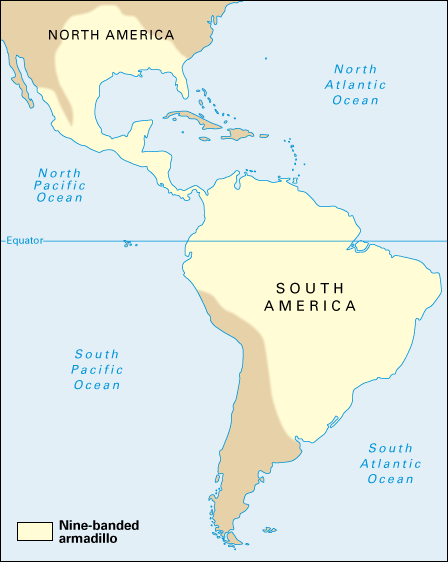Lesson 5 – Proquest
1. Do a basic search on something of interest to you. Report
your findings and observations.
I work as a curator for the Museum of the South Dakota State
Historical Society. We are planning our next gallery exhibit on the 1970’s so I
thought it might be fun to see what information I could find on 1970’s disco
fashion. A variety of articles, from newspapers, scholarly journals, and
mainstream magazines came up in my results. I especially like how there are
images from the articles included in some of the results. The breadth of
articles, from politics to disco parties, was also incredible and very interesting.
The ability to narrow my search results by topic (I chose “history”) was
helpful in eliminating a lot of the outlier articles.
2. Click the Publications tab at the top of the page. Do a
search for a journal in your profession by typing a title or keyword in the
search box. Report your findings and observations.
As I stated earlier, I work in the Museum located at the
Cultural Heritage Center in Pierre. When I ran a title search for “museum,”
very few titles came up. However, when I searched “museum - In publication
summary” a number of results were returned. I was rather excited to discover
that I could view the latest issue of Smithsonian Magazine in its entirety!


